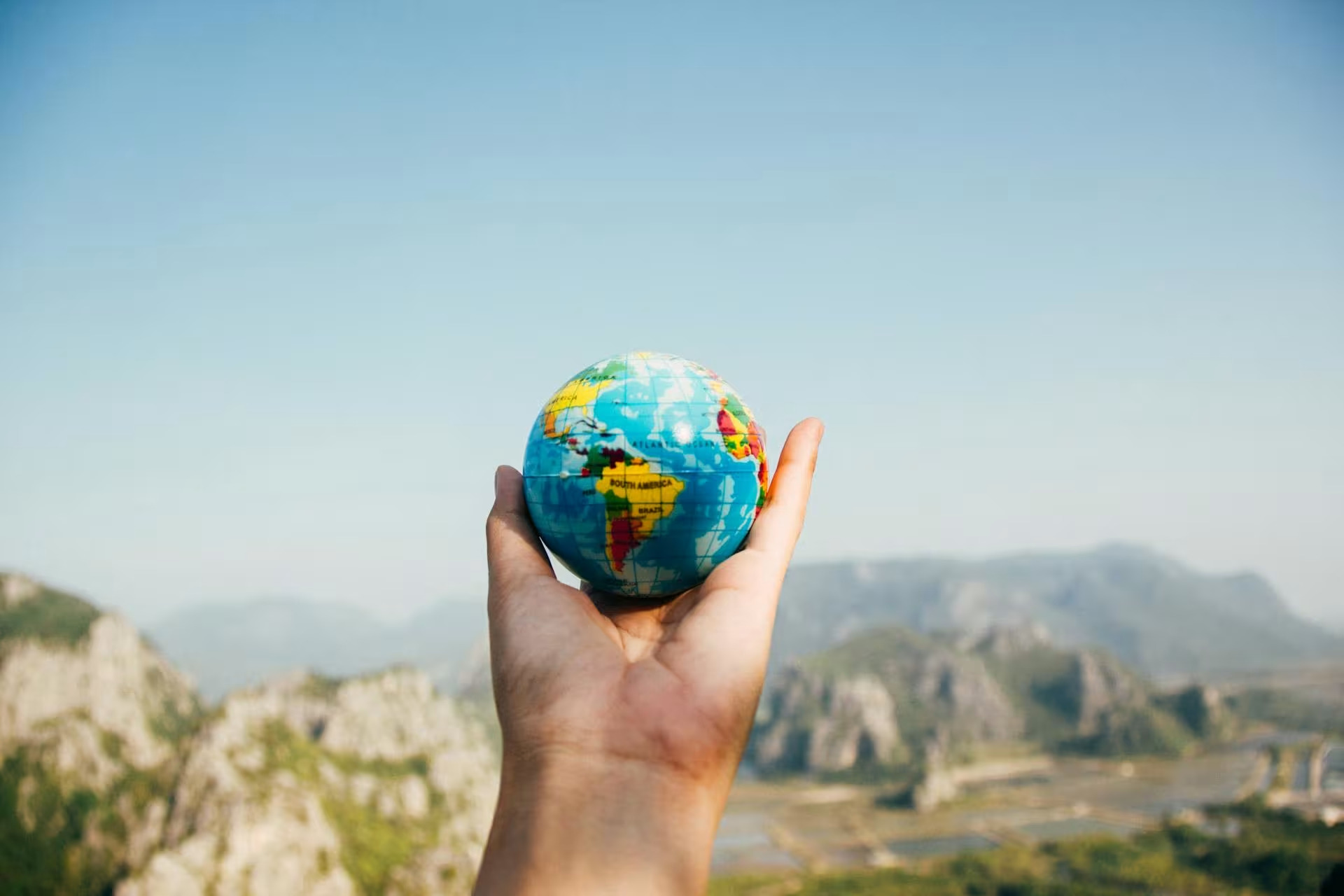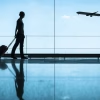Introduction
Travel without speaking the language is one of the most common fears for travelers, especially for those venturing outside their comfort zone for the first time. The idea of navigating a foreign country without being able to understand signs, menus, or even ask for help can seem overwhelming. However, millions of people do it successfully every year. The secret lies in preparation, attitude, and the clever use of available tools.
In this guide, we’ll explore practical strategies, helpful tech, and mindset adjustments that make communication possible without words. From essential phrases to translation apps, from non-verbal cues to choosing the right environments, you’ll learn how to turn a potential challenge into one of the most rewarding parts of travel. By the end of this article, you’ll feel more prepared and excited to explore new places, regardless of the local language.
Embrace the Mindset: Confidence Over Perfection
When you travel without speaking the language, perfection isn’t your goal, connection is. Accepting that you won’t understand everything frees you to engage more openly. You might miss words, mispronounce names, or feel awkward, but that’s okay. Locals don’t expect fluency. What they appreciate is effort, kindness, and humility. A smile and open body language can build more trust than grammatically correct sentences.
Focus on non-verbal communication like gestures, eye contact, and tone. These often convey meaning more clearly than words. When you radiate confidence and remain calm during misunderstandings, others are more likely to help you. Confidence allows you to ask questions, make mistakes, and keep trying. By choosing connection over perfection, you set the stage for real, human interaction.
Learn the Essentials Before You Go
Even if you’re not fluent, knowing a few key words and phrases makes a big difference. Focus on expressions like “hello” “thank you” “how much” “excuse me” and “where is…”. These small efforts go a long way in showing respect and easing everyday interactions.
Bring a phrasebook or download a printable cheat sheet on your phone. In remote areas or when internet access is limited, having offline materials can be a lifesaver. Practice pronunciation a bit before your trip so you feel confident using these phrases in real conversations. Learning just 10–15 useful expressions can give you the foundation to handle transportation, food, and basic help, especially when paired with the mindset discussed earlier.
Use Translation Tools Wisely
Technology has transformed how we travel. Google Translate is a game changer, letting you translate words by typing, speaking, or even scanning text with your camera. For signs, menus, or instructions, it’s incredibly effective. You can also download language packs to use offline, which is essential in places with weak connectivity. However, don’t rely solely on AI translations. They can fail to capture cultural context, especially in idioms or emotional conversations.
Apps like iTranslate and DeepL offer alternatives with different features. Some specialize in accuracy, others in speech recognition. Keep messages short and clear to improve translation quality. Don’t forget that tech is a tool, not a replacement for human empathy. Use it to bridge gaps, not as your only form of communication. When combined with a few phrases and non-verbal tools, translation apps become powerful allies.
Rely on Visuals, Body Language and Images
When words fall short, visuals step in. Don’t hesitate to point, draw, or mimic to get your message across. These methods often work faster than trying to say the right thing. Show a photo of a destination on your phone, circle something on a map, or use hand gestures to clarify what you mean. Many travelers carry screenshots of hotel names, transportation tickets, or landmarks, use them when needed.
Body language is universal, though it varies slightly by culture. Smiling, nodding, and using open gestures usually communicate friendliness and intent. Be mindful of cultural differences, but don’t be afraid to try. Often, locals will meet your energy and help fill in the blanks. A simple picture, a gesture, or a drawing can replace a dozen words, and leave a more positive impression.
Leverage Technology and Travel Apps
There’s a world of travel apps that make communication easier. Tripadvisor and Google Maps often show reviews and menus in multiple languages, helping you choose places where you’re more likely to be understood. Apps like Rome2Rio, Omio, or Flixbus simplify travel planning, while ride-sharing services like Uber or Bolt eliminate language from the transaction entirely.
When booking accommodation, use platforms like Booking.com or Airbnb, filtering listings with hosts who speak English. Apps such as Meetup, Reddit, and Couchsurfing can also help you connect with locals who enjoy meeting travelers and may speak your language. These connections often lead to more authentic experiences and insider tips. Technology doesn’t just translate words, it opens doors.
Stay in Language-Friendly Environments
Choosing the right places to stay can transform your experience. Look for hotels or hostels where staff speak English or provide multilingual materials. Reviews often mention this. Some accommodations even offer printed guides, maps, or instructions in multiple languages. Staying somewhere familiar with international travelers ensures you’ll have support when needed, especially during check-in or emergencies.
Booking guided tours in English helps you explore without the pressure of translating everything yourself. These experiences are not only educational but also create chances to meet fellow travelers. Even when you can’t speak the language, being surrounded by people who understand your needs makes travel more enjoyable and relaxing. These small choices reduce friction and boost confidence.
Ask for Help, and Be Okay with Misunderstandings
Sometimes, the best solution is to ask for help. Start with a polite tone, a smile, and simple English or gestures. Most people will try to assist you, even if you don’t share a common language. Use your phone to show addresses, maps, or translated questions. Be patient, and don’t panic if someone doesn’t understand you the first time. Try again, ask someone else, or show visuals to clarify.
Misunderstandings will happen, but they’re rarely serious. Accept them as part of the adventure. Write down helpful words or names as you go so you can reuse them. Remember: every mistake is a learning opportunity. Locals usually admire your effort, not your grammar. Staying calm, adaptable, and curious keeps your journey moving forward.
Practice Cultural Awareness
You don’t need to speak the language to respect the culture. Learn about basic customs, dress codes, and etiquette before you go. Observe how people greet each other, interact in public, and behave in restaurants or markets. Following these norms, even without understanding the language, shows appreciation and reduces awkward moments.
Be mindful of gestures, what’s polite in one place might be offensive in another. Watch and mirror local behavior when unsure. Speak softly, avoid pointing, and respect personal space. These small details make a big difference in how you’re received. Cultural awareness bridges gaps that language sometimes cannot. In many cases, locals will forgive your lack of words if they see genuine respect.
Conclusion
Traveling without speaking the language isn’t just possible, it’s one of the most rewarding ways to explore the world. It forces you to be more aware, more creative, and more present. With the right tools, a respectful mindset, and a few key phrases, you can navigate almost any situation and build meaningful connections with people around the globe.
So don’t let fear of communication stop you. Prepare smartly, stay open, and embrace the unexpected. Every trip is a story, and sometimes, the best parts are the ones told without words.
Frequently Asked Questions
Yes, you absolutely can. Many travelers visit countries where they don’t speak the local language and have incredible experiences. With the help of translation apps, basic phrases, and non-verbal communication, it’s possible to navigate transport, accommodation, dining, and sightseeing with confidence.
Start with a friendly smile and speak clearly using simple English or gestures. Show what you need using your phone (maps, images, or translated phrases). Most people will try to help if you stay calm and respectful. You can also write things down or use translation apps to communicate more precisely.
Use your phone to translate menus or ask staff for an English version. Apps like Google Lens can scan and translate text in real-time. Alternatively, point to a dish on the menu that looks familiar or ask for recommendations. Some restaurants include pictures or bilingual descriptions to help tourists.
Yes, countries with strong tourism infrastructures, such as the Netherlands, Sweden, Portugal, Japan, and Thailand, often offer signage and services in English. Choosing language-friendly accommodations and booking English-speaking tours can also make your trip smoother.
What should I avoid when communicating in a foreign country?
Avoid speaking loudly or becoming frustrated if you’re not understood. Don’t assume everyone speaks English. Instead, use simple words, friendly body language, and avoid slang or idioms. Show appreciation for any help you receive—it builds positive interactions.
Always carry a business card or screenshot of your hotel address in the local language. Show it to taxi drivers or passersby if needed. You can also pin your hotel location on Google Maps. Local police or shops are often willing to help if approached politely.

